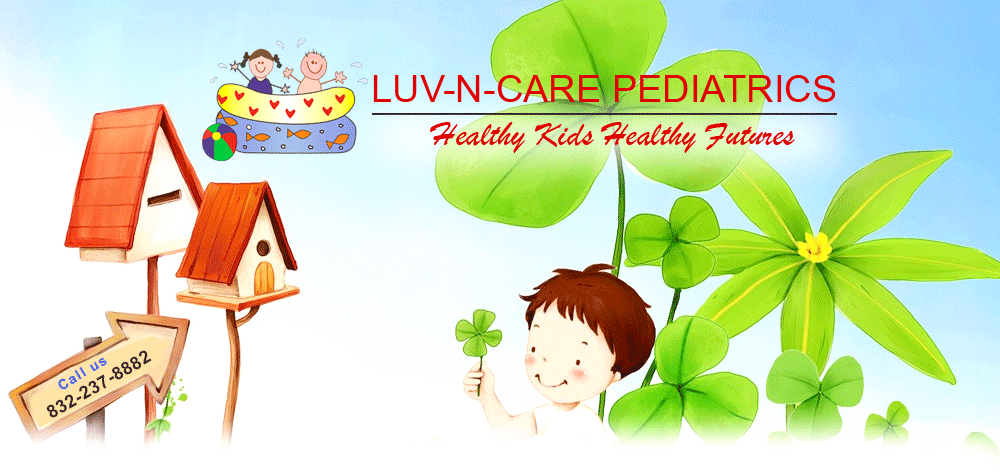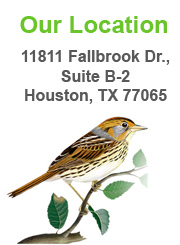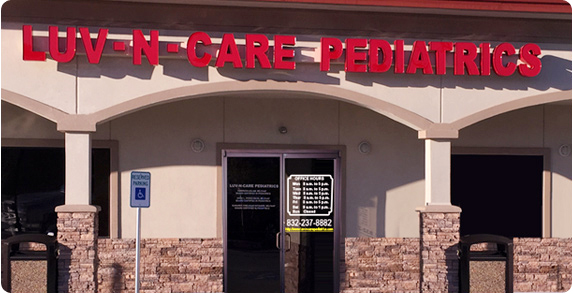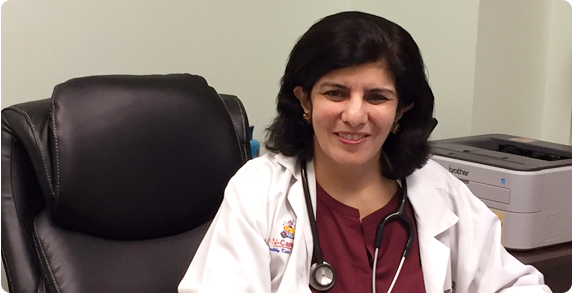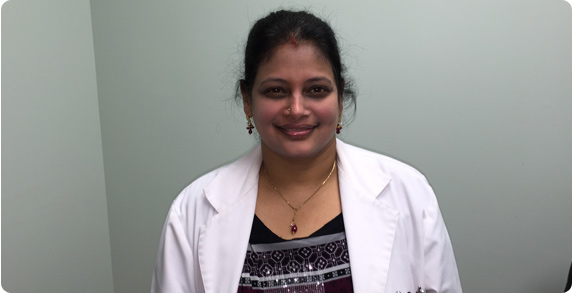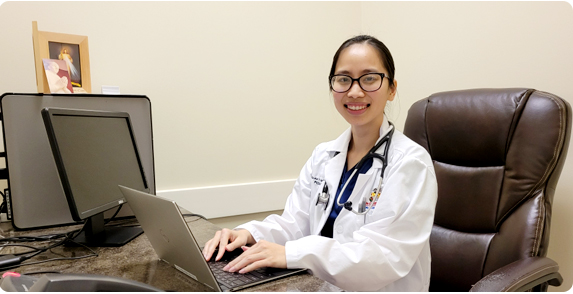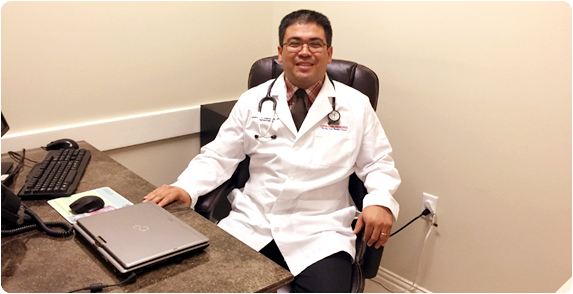|
|
|
Head Lice |
What are head lice?
Head lice are parasites that can be found on the heads of people. Infection with head lice is called pediculosis.
(The head louse, Pediculus humanus capitis, is different from the lice that cause body and pubic-hair infections.)
How common is head lice infestation?
Head lice infection is very common. It has been estimated that up to one in every 10 children in school acquires head lice at some time. In one study, the estimated annual cost of head lice infestations in the United States was nearly $1 billion dollars.
Who is at risk for getting head lice?
Anyone who comes in close contact with someone who already has head lice, or even their contaminated clothing and other belongings, is at risk for acquiring head lice. Preschool and elementary school children (3-10 years of age) and their families are infected most often. Girls contract head lice more often than boys; women more often than men. African-Americans rarely acquire head lice.
How in the world does a child get head lice?
A child can contract head lice in a number of ways:
- contact with an already infested person. Personal contact is common during play, school, or sports activities, and at school, home, slumber parties, or camp;
- wearing infested clothing, such as hats, scarves, coats, sports uniforms, or hair ribbons;
- using infested combs, brushes, or towels; or
- lying on a bed, couch, pillow, carpet, or stuffed animal that has recently been in contact with a person with lice.
What do head lice look like?
There are three forms of lice, namely the nit, the nymph, and the adult louse:
Nit: Nits are lice eggs. Nits are hard to see and are often confused with dandruff or hair spray droplets. Nits are found firmly attached to the hair shaft. They are oval and usually yellow to white. Nits take about a week to hatch.
Nymph: The nit hatches into a baby louse called a nymph. It looks like an adult head louse, but is smaller. Nymphs mature into adults about seven days after hatching. To live, the nymph must feed on blood.
Adult: The adult louse is about the size of a sesame seed, has six legs, and is tan to grayish-white in color. In people with dark hair, the adult louse looks darker. Females lay nits; they are usually larger than males. Adult lice can live up to 30 days on a person's head. To live, adult lice need to feed on blood. If the louse falls off a person, it dies within two days. |
|
|
|
